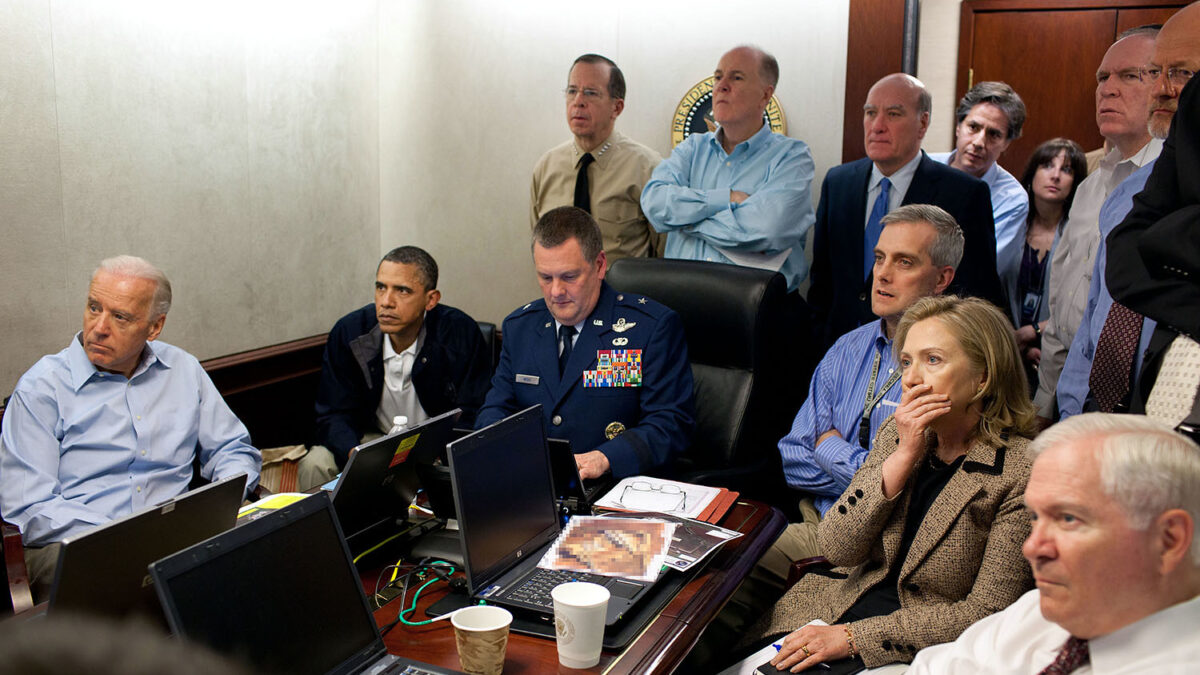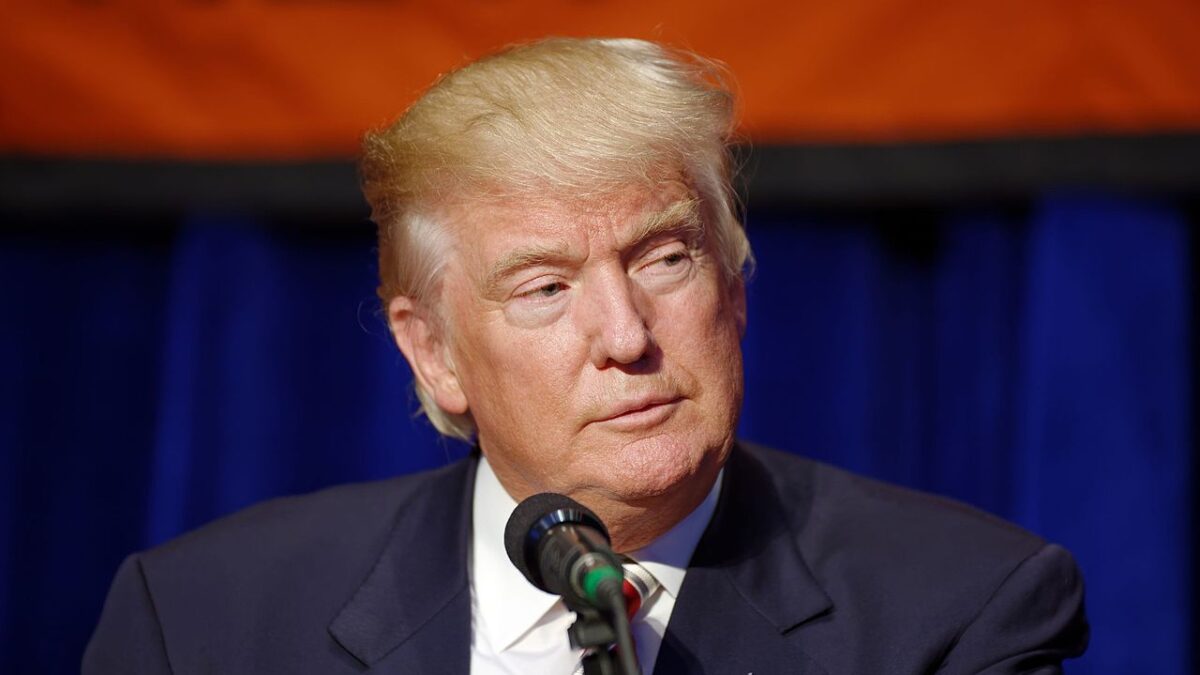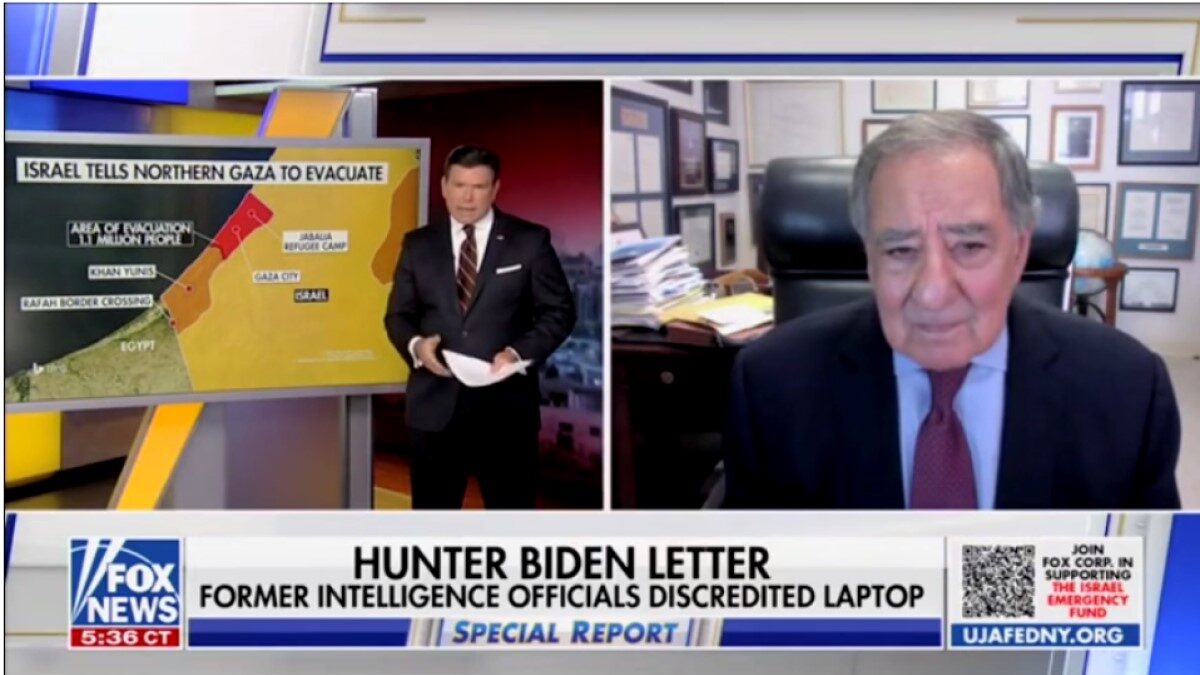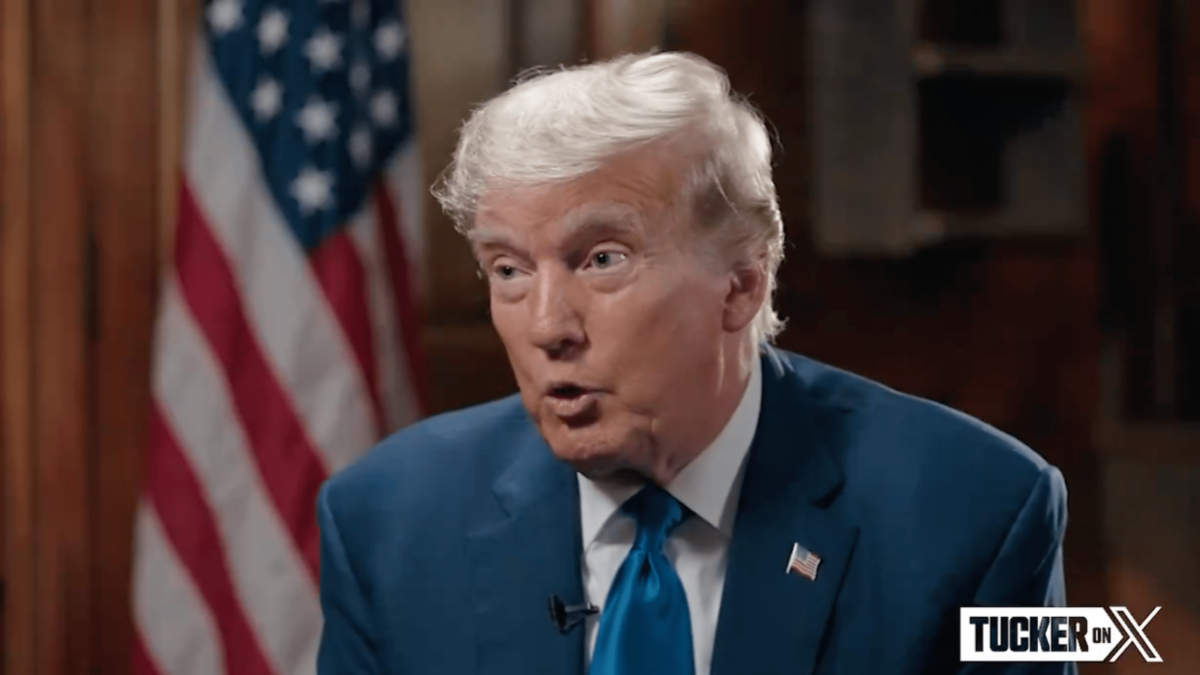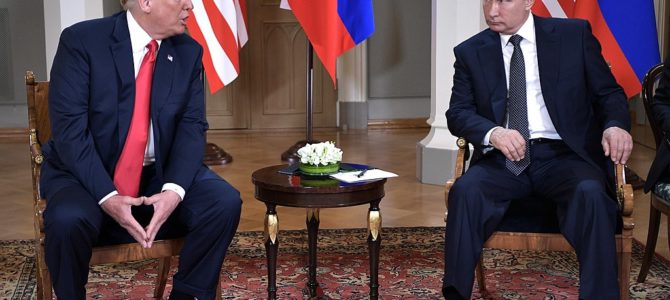
In episode 171 of “Seinfeld,” George Costanza makes up a story about having a house in the Hamptons in order to avoid attending an event with his dead fiancée’s parents, the Rosses. He soon learns they know of his deception but the Rosses nevertheless accept an invitation to the fictitious house.
George picks them up and begins driving towards a house that doesn’t exist. Both the Rosses and George maintain the pretense until George drives to the end of island past the last house in the Hamptons. George silently pleads for the Rosses to put an end to the charade. The lie’s momentum took on a life of its own as the players all continued acting their parts long after the truth was known.
The episode comes to mind as the media has started backing away from the Russia collusion hoax. Like Costanza, many of the media perpetrators seem to know a reckoning is coming. Politico warned Trump haters, “Prepare for disappointment.” Other examples of expectation managing can be found, such as here, here, here, and here. Mueller’s longtime top deputy at the FBI recently warned, “A public narrative has built an expectation that the special counsel will explain his conclusions, but I think that expectation may be seriously misplaced.”
“It was never about Russian collusion.”
Every Democrat and liberal pundit right now.— David Marcus (@BlueBoxDave) February 14, 2019
Most recently, the Senate Judiciary Committee announced that after almost two years of investigation, it has uncovered no evidence of collusion between the Trump campaign and Russia. Attorneys assigned to the Mueller team have quietly begun to slip away before the outcome of the investigation is made public (here, here, and here).
This is unsurprising. The Russia hoax is crumbling and people can’t run away fast enough. We’ve seen signs from the very beginning that many of the people who promoted the Trump-Russia collusion smear have always known it was a hoax. These signs have been in plain sight. Here is an incomplete list.
1. Because They Said So
On May 19, 2017, FBI agent Peter Strzok wrote FBI lawyer (and his paramour) Lisa Page his assessment of the Trump-Russia collusion accusations after nearly a year-long investigation: “There’s no big there there.” In June 2017, the following month, CNN’s Van Jones was secretly recorded saying, “The Russia thing is just a big nothingburger. There’s nothing there you can do.”
Bob Woodward of Watergate fame has been saying for some time that there’s no evidence of Trump-Russia collusion. Michael Isakoff of Yahoo news, who did some of the early Trump-Russia reporting, has admitted that many of the Trump-Russia claims are “likely false.”
2. There’s No Hurry, In Spite of a ‘National Emergency’
According to the conspiracy boosters, the leader of a hostile foreign power is using blackmail (kompromat) to control President Trump (see here, here, here, here, here, here, and here). In this last link, the New York Intelligencer asks whether our president would be meeting with his “counterpart or his handler” in a summit between Trump and Russian President Vladimir Putin. If that’s true, then Putin has control of both the U.S. and Russian nuclear arsenals!
Yet the special counsel has allowed President Trump to complete more than half of his first term without filing a report with Congress. The Washington Post opined, “No, the Mueller investigation isn’t taking too long.” The piece compared the length of the Mueller investigation to a selection of prior investigations.
This list included Iran-Contra (six years, eight months); Henry Cisneros’s mistress payments (11 years); and the Clinton Whitewater scandal (also six years, eight months). None of those scandals involved the accusation that a Russian agent occupied the White House. Tellingly, the Post equates the urgency of the Russia collusion investigation to the Iran-Contra affair.
Why isn’t the Washington Post demanding that Mueller immediately arm the public with the facts? If they truly believed their own narrative, they’d be thundering that Mueller’s lackadaisical pace leaves the nation in grave jeopardy.
3. The Dishonest Reporting of the Trump Tower Meeting
If you listen to a Russia collusion booster for more than five minutes, he will eventually point to the June 9, 2016 meeting between Donald Trump Jr. and a two Russians, Natalia Veselnitskaya and Rinat Akhmetshin. Even after the Senate Judiciary Committee concluded there is no evidence that Trump colluded with the Russians, one of the Senate investigators lamely referred to Trump Jr.’s original interest in participating in that meeting: “Donald Trump Jr. made clear in his messages that he was willing to accept help from the Russians.”
This “analysis” in the Washington Post is a typical example of the dishonest representation of that meeting. We can be assured with some confidence that the hoax-boosters don’t believe their own narrative because of their repeated failure to explain why the same people Clinton hired to paint Trump as colluding with the Russians also appeared to have been involved with setting up the June 9, 2016 meeting.
First, (as reported by Reuters) the very same contractor Hillary Clinton hired (Fusion GPS) to create the Trump-Russia dossier also created the “dirt” on Hillary Clinton that was used to bait Trump Jr. into attending the meeting. If the Russians at the Trump Tower meeting represented the people who hacked the Democratic National Committee (DNC) server, then why wouldn’t they bring the hacked emails to the meeting? And why would Hillary’s subcontractor be the source of the dirt?
Also, don’t forget, Fusion GPS met with Veselnitskaya immediately before and after the meeting. Fusion GPS had pre-existing relationships with both of the Russians in the room, yet media deliberately ignore this crucial fact. The Washington Post, in particular, repeatedly ignores its own reporting to continue to push the Trump Tower meeting without mentioning Fusion GPS (another example can be found here).
In the absence of a viable alternate explanation, the media silence on Fusion’s role in the meeting presents the nearly inescapable inference that Fusion GPS set up the Trump Tower meeting to frame the Russia collusion story.
4. Protecting the Mueller Probe from Embarrassment
Is the Mueller investigation a political operation or a law enforcement investigation? In the normal conception of an investigation, the target tries to keep things hidden while the investigator fights to shine sunlight on the facts. In contrast, a political operation usually follows the opposite approach.
The narrative can be undone when its partisan origins are revealed. This is exactly why the Clinton campaign kept it secret that Clinton paid for the opposition research that started the Trump-Russia hoax. When you know the bias of the source of the information, it heightens the skepticism.
In September, hoax boosters launched a successful campaign to prevent the president from declassifying documents which, according to Rep.Matt Gaetz, would, “reveal to the American people some of the systematic corruption and bias that took place at the highest levels of the DOJ and FBI including using the tools of our intelligence community for partisan political ends.”
Sen. Mark Warner of Virginia argued, “The President shouldn’t be declassifying documents in order to undermine an investigation into his campaign or pursue vendettas against political enemies.” Why would keeping such abuses secret help the Mueller probe? Others have argued that revealing intelligence abuses would reveal sources and methods. But when the court overseeing those methods declares the intelligence community has “institutional lack of candor,” perhaps it’s time to do some disinfecting with sunlight. In a bygone era, the media would have championed that sunlight.
5. It’s About Shooting the Messenger
If it feels like the media is taking the Trump-Russia story personally, that’s because they are. Often forgotten is that the documents the Russians allegedly gave WikiLeaks revealed embarrassing evidence of journalistic coordination with the Democratic National Committee and Hillary Clinton.
For example, CNN allowed the DNC to help draft questions for Trump. CNBC’s John Harwood asked the Clinton campaign manager what questions he should ask candidate Jeb Bush in an interview in 2015. Washington Post columnist Dana Milbank used the DNC as a source for an anti-Trump article.
DNC interim chair Donna Brazile, whom CNN employed as a contributor, fed the Clinton campaign questions Hillary Clinton would receive in a debate with Bernie Sanders. Politico’s Kenneth Vogel sent a copy of a story to the DNC before he sent it to his editors. The DNC leaked negative information to the Wall Street Journal to help Clinton win the primary. CNN contributor Maria Cardona had the DNC screen an op-ed she wrote blasting Sanders fans. The Russia hoax is, in part, the media’s revenge for this embarrassment.
6. Pushing the Hoax Makes Money
In spite of Jones and Strzok both correctly assessing the Russia hoax as “no big there” or a “nothingburger,” it’s kept going by gobs of money gushing out of true believers. Trump-Russia has been great for business. The media has raked in ratings and ad revenue pushing the hoax. Billionaire Tom Steyer has committed $40 million towards impeaching Trump.
Anti-Trump social justice warriors can buy a lot of pink hats with that kind of money. Additionally, billionaire George Soros is lavishing additional funding on Fusion GPS to continue its “research.” When one googles “Mueller,” a paid advertisement from Common Cause comes up early in the search results. That ad campaign must cost a fortune.
Also, don’t forget that at least three journalists accepted money from Fusion GPS to work on special Russia research. Whoever these journalists are, they have not proudly stepped forward to claim credit for helping Fusion GPS’s research, so we have no way of knowing whether that same research ended up in their articles. Even the Washington Post lamented the role of Fusion GPS’s money in “renting” journalists to push stories. We should be skeptical of any story that requires millions of dollars in dark money to perpetuate.
At the end of the “Seinfeld” episode, Costanza breaks down to admit that he lied about the house in the Hamptons. We’re unlikely to have a similar moment of clarity in the Russia hoax. In one poll, 80 percent of Democrats want Trump impeached and removed from office. The Democrats have the House of Representatives and the power to impeach on a straight party-line vote.
The moment of truth is upon the hoax boosters. Like Costanza, the hoax boosters are running out of plausible locations in which the fictitious Russia collusion house could be located, and they know it. But unlike the “Seinfeld” episode, nothing about this hoax has been amusing. The hoax boosters have dragged this country through a long nightmare.
The media and their willing accomplices in the DOJ will have a lot to answer for when the truth finally comes out. No wonder they’re pushing so hard to hide it.


